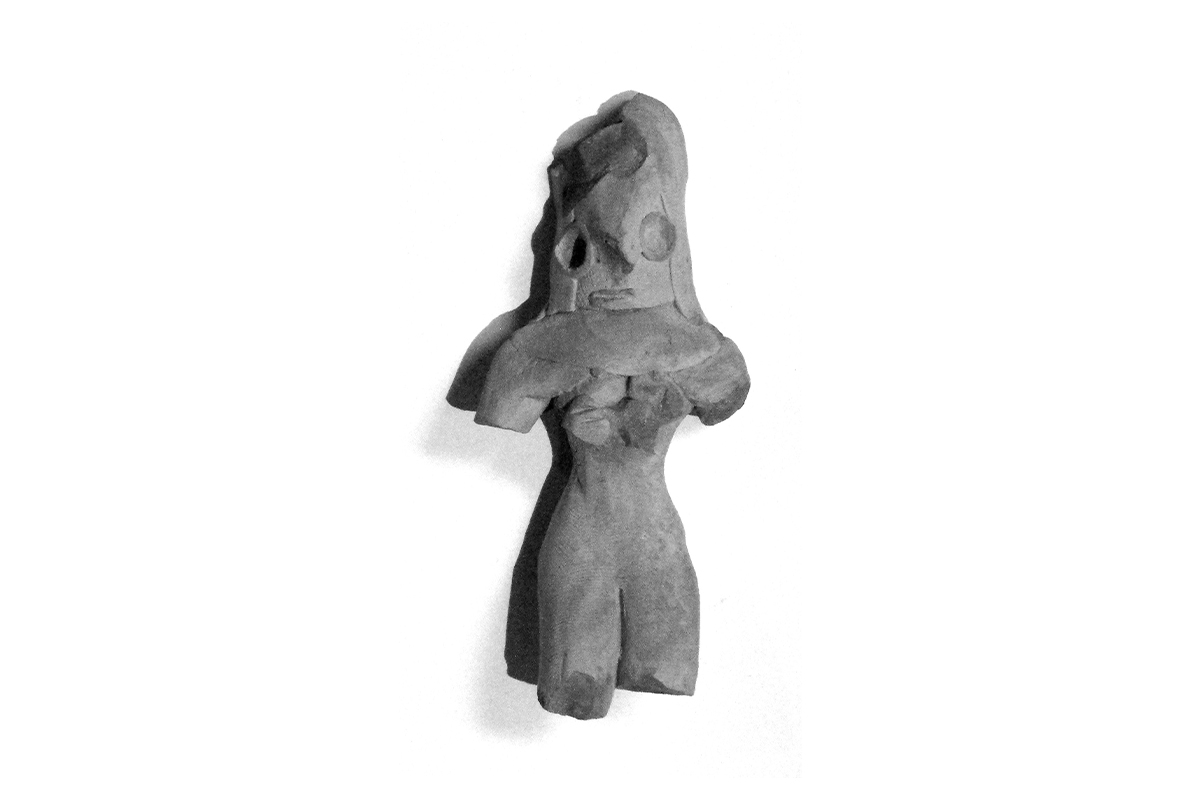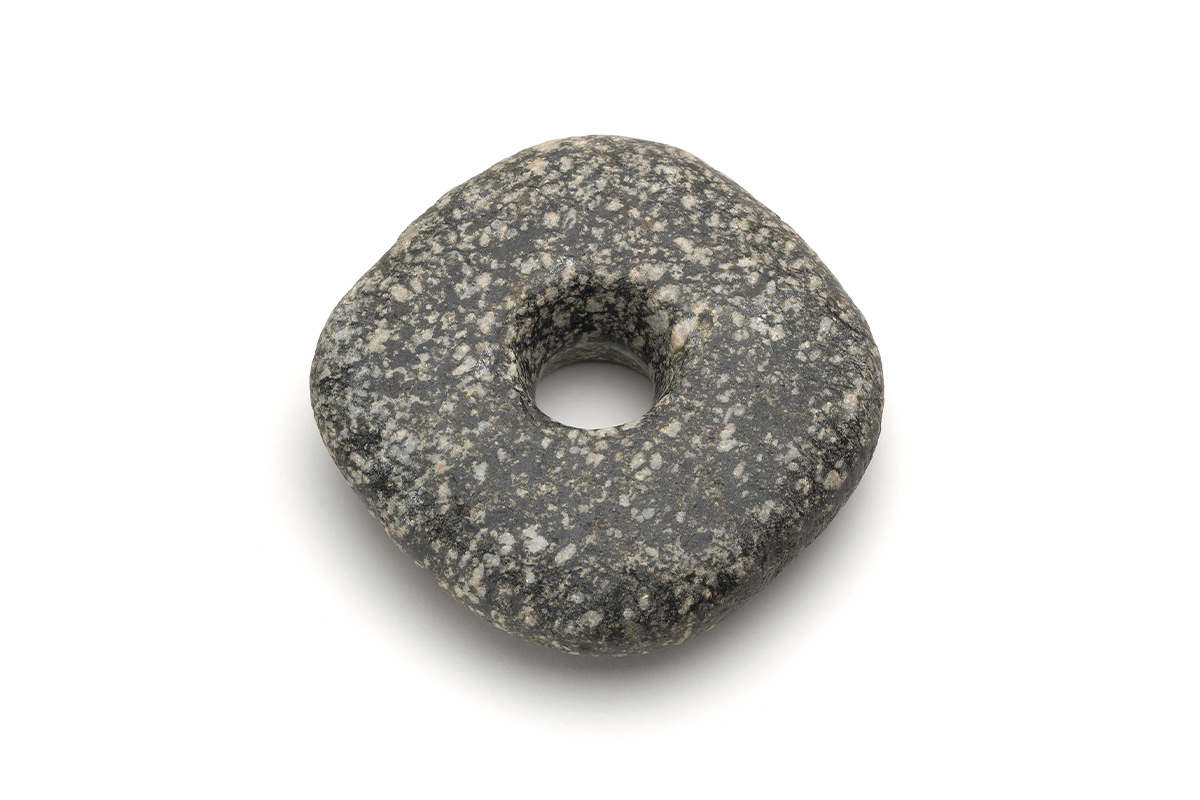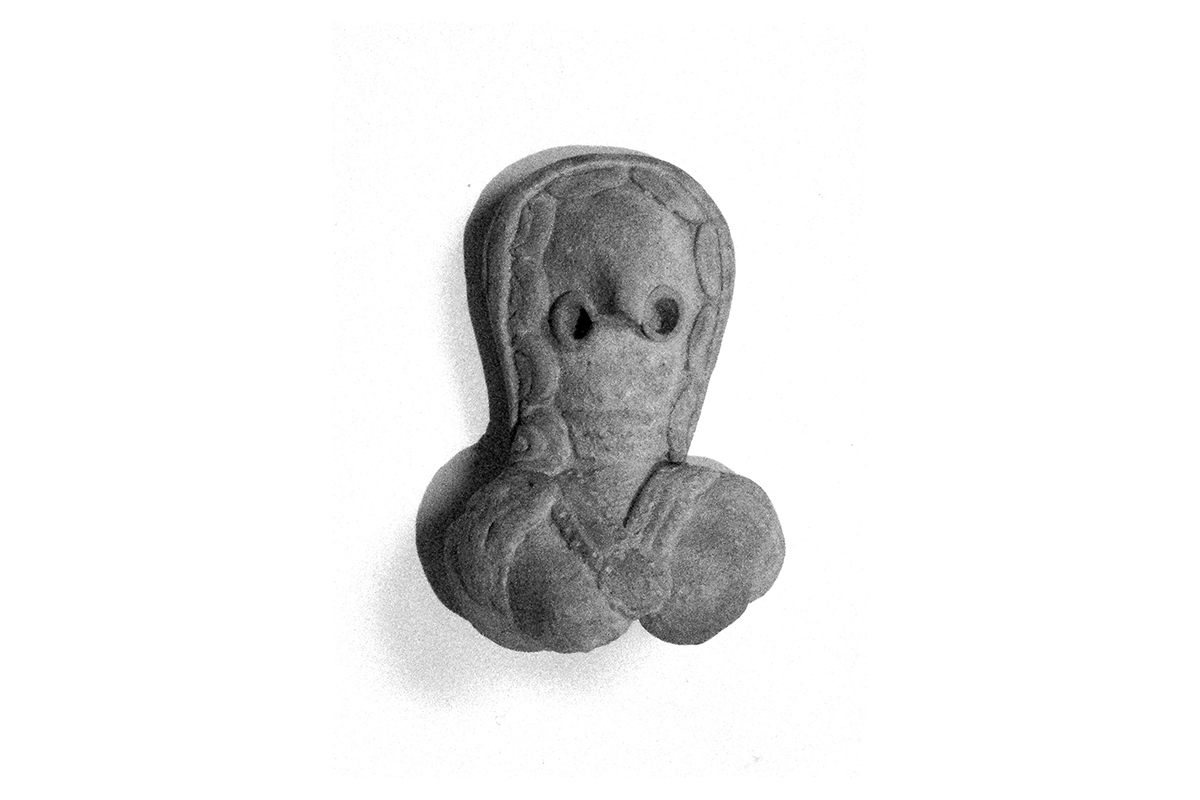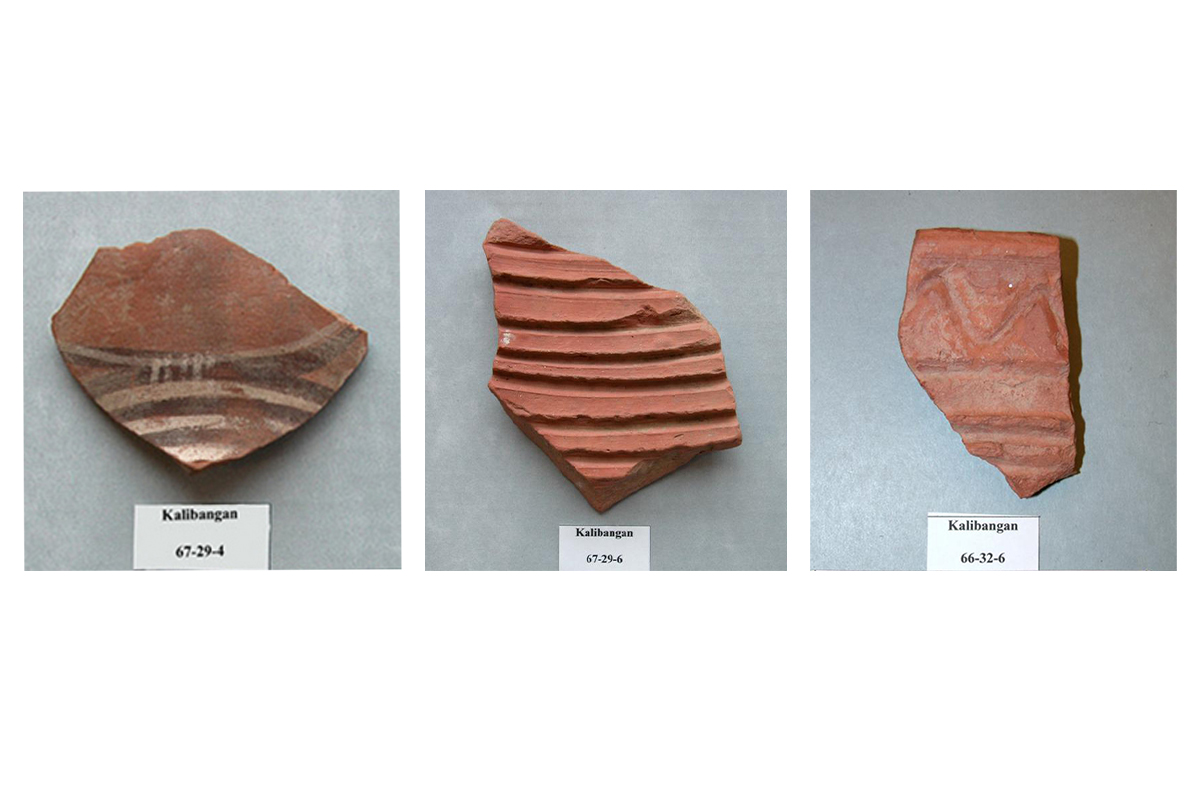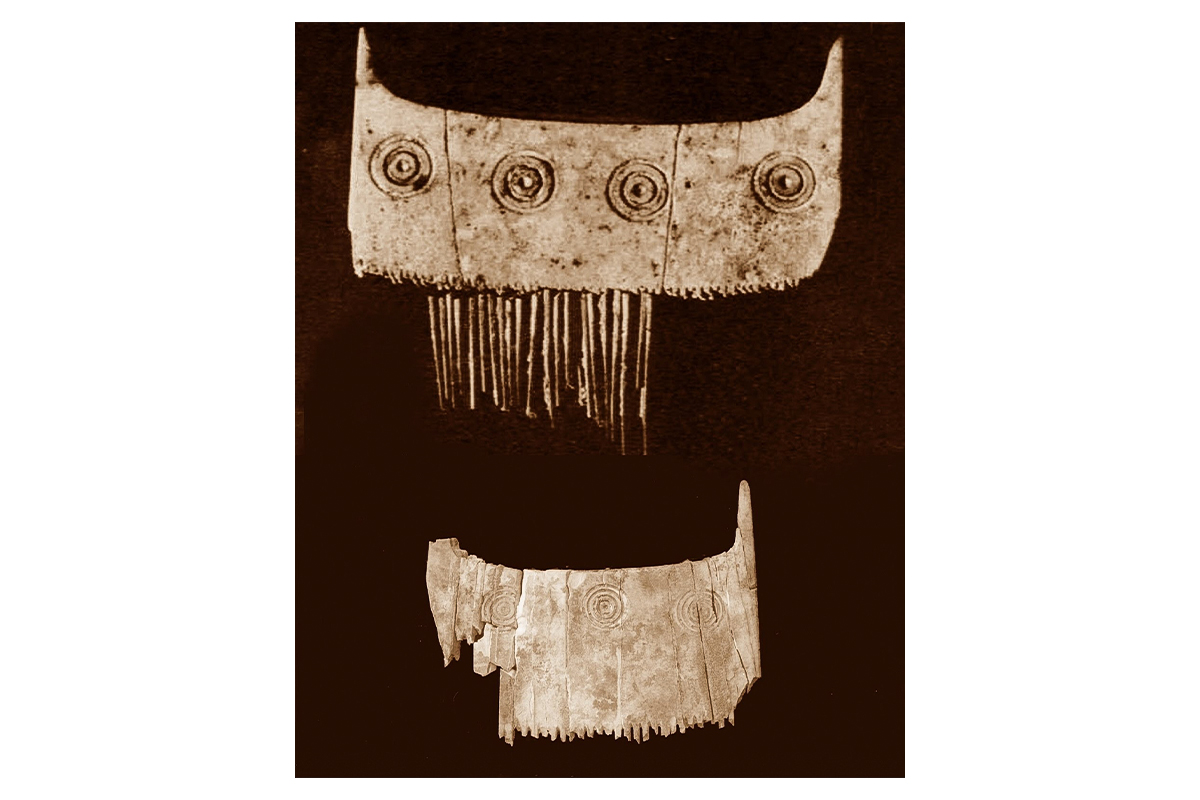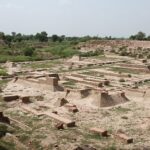Indus Valley Cities Are Founded
4000 BCE
Similar to other early riverine urban civilisations such as those of Egypt, Mesopotamia and the Yellow River, early walled settlements emerge along the Indus River with the movement of peoples from the mountains towards the plains, coupled with the proliferation of agricultural food production, settlements, and growing political and cultural complexity. This period is characterised by the presence of Hakra Ware pottery, which shows raised floral and geometrical motifs, often made by applying pieces of clay to the vessel’s surface; microliths; grinding stones; and terracotta seals featuring images of cattle, mythological creatures, and to a lesser extent, other animals such as dogs and elephants. Craftspeople also produce beads made from lapis lazuli and bangles made from shell, terracotta and pieces of copper. These raw materials are drawn from an extensive region, suggesting the growth of trade networks.
Bibliography
Coningham, Robin, and Ruth Young. The Archaeology of South Asia: From the Indus to Asoka, C. 6500 BCE-200 CE. Cambridge: Cambridge University Press, 2015.
Dani, A. H., and B. K. Thapar. “The Indus Civilization.” In Learning: The Treasure Within; Report of the UNESCO of the International Commission on Education for the Twenty-first Century, edited by Jacques Delors. Paris: UNESCO Publishing, 1996.
Fisher, Michael H. An Environmental History of India: From Earliest Times to the Twenty-First Century. Cambridge: Cambridge University Press, 2018.
Dani, A.H. and B.K. Thapar. “The Indus Civilization.” Learning: The Treasure Within; Report of the UNESCO of the International Commission on Education for the Twenty-first Century , 1996. https://en.unesco.org/silkroad/sites/default/files/knowledge-bank-article/vol_I%20silk%20road_the%20indus%20civilization%20BIS.pdf .
Fisher, Michael H. An Environmental History of India: From Earliest Times to the Twenty-First Century . Cambridge University Press, 2018.
Coningham, Robin and Ruth Young. The Archaeology of South Asia: From the Indus to Asoka, C. 6500 BCE-200 CE . Cambridge University Press, 2015.
Feedback 
This entry appears in
Art in South Asia
Visit Timeline
Associated Timeline Events
First Published: March 11, 2024
Last Updated: August 5, 2024




